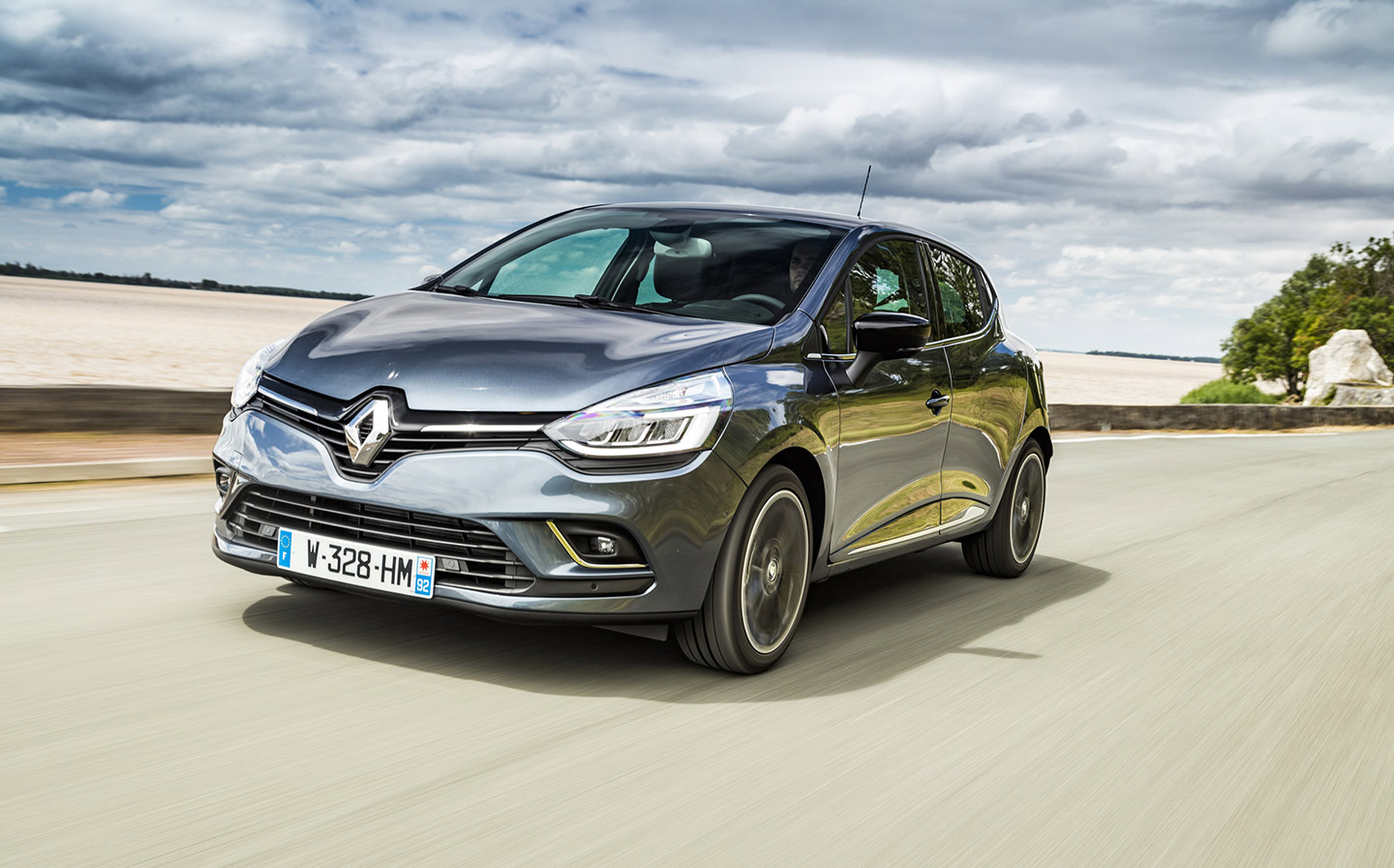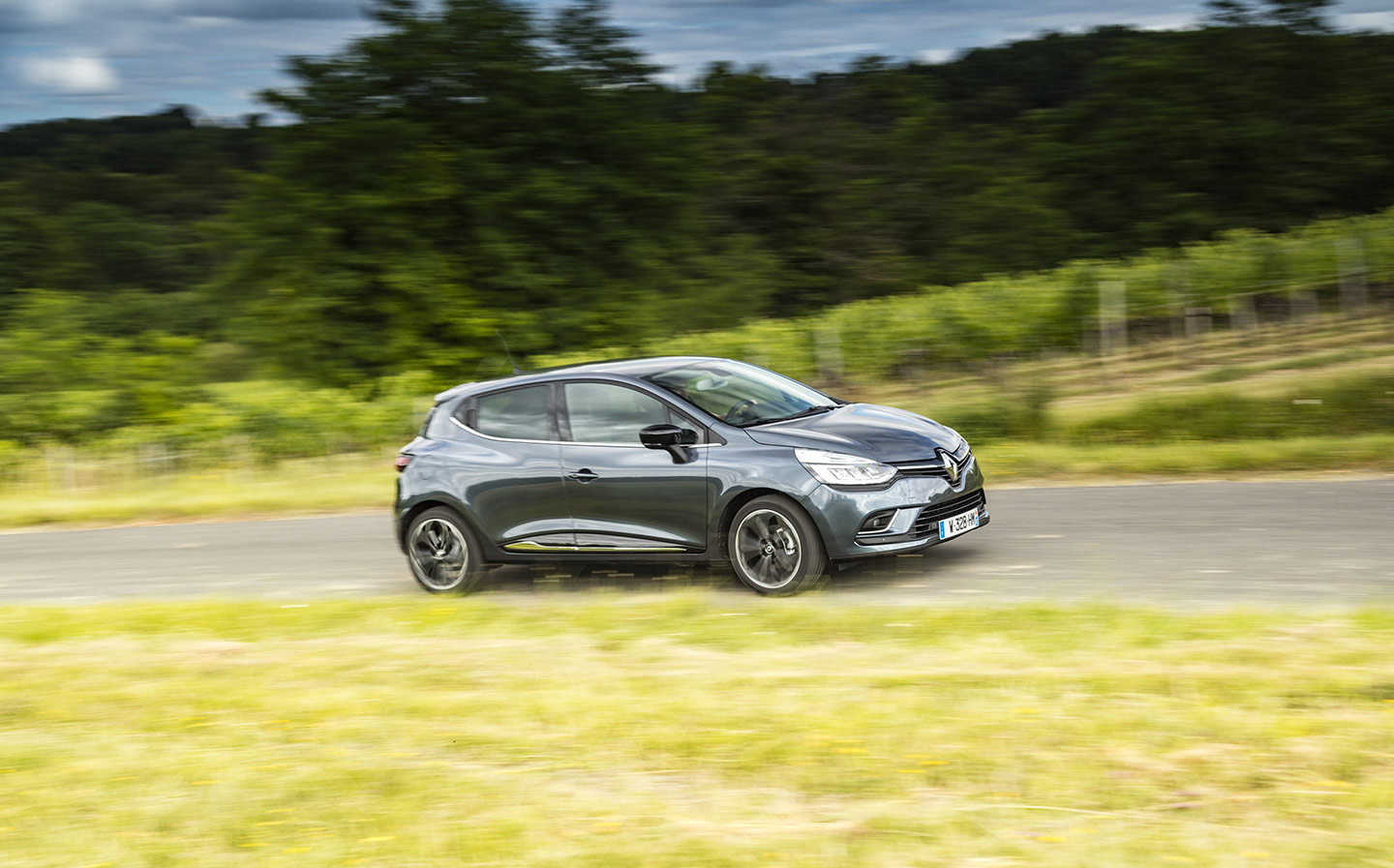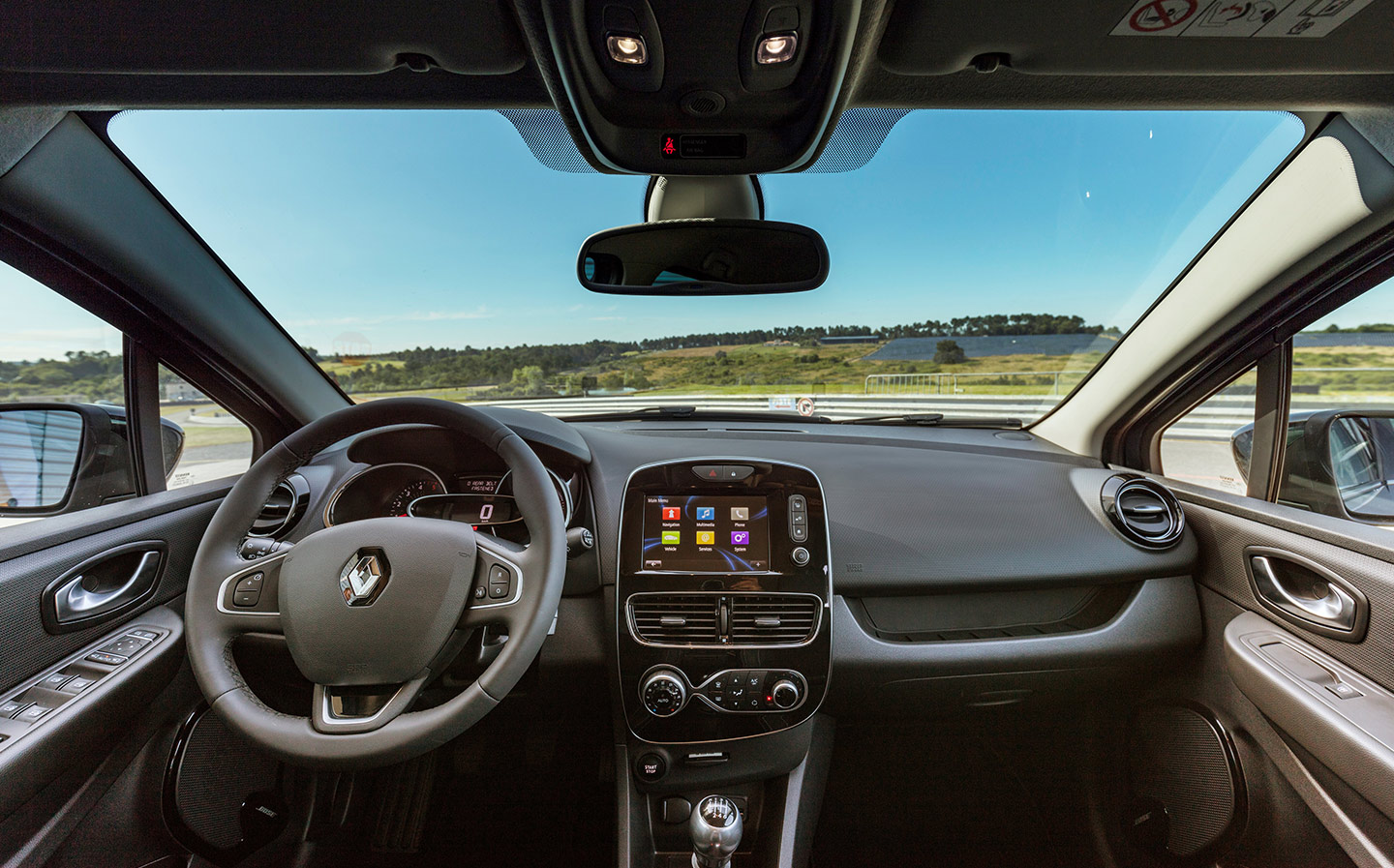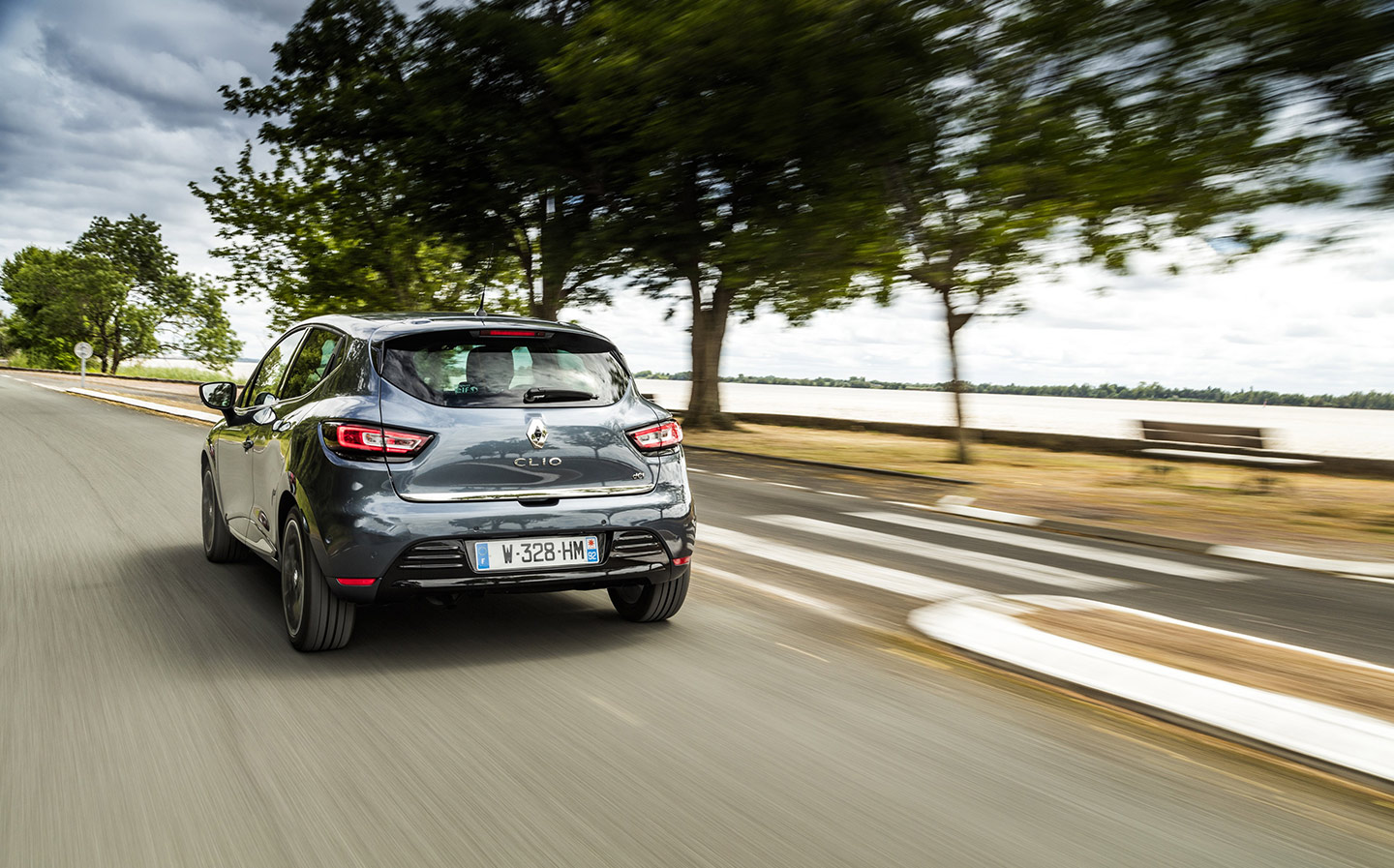Renault Clio Mk 4 review (2013-2019)
It used to be a contender
RENAULT will be bringing an all-new Clio to market later this year, and it can’t come soon enough; stepping into the current (fourth generation) model as it nears replacement shows just how far behind the likes of the Ford Fiesta and VW Polo it has fallen.
While the exterior design is amazingly fresh (it was really quite strikingly attractive when new, and the Mk 5 is barely changed), the same cannot be said of the interior, which is dominated by dark, hard, scratchy plastics.
The curvy shapes and use of gloss black around the centre console were quite stylish a few years back, it’s true, and the 7in touchscreen with TomTom sat nav and DAB radio (standard on all but the entry-level Clios from November 2015) were also cutting edge not so long ago, but the rivals have moved the game on massively and the Clio’s cabin and tech now seem rather basic, especially compared to the Polo’s, with its digital instruments and mix of quality materials.
Meanhile, dusk-sensing headlights, available on more recent high end Clios, and single zone climate control are now considered pretty standard bits of kit on a supermini.
It’s interesting to note that the preview images of the forthcoming Clio show it does away with the current generation car’s indecipherable buttons for cruise control on the steering wheel – R and O – and bizarrely-positioned on/ off switch (between the front seats). The new car has much more intuitive controls, all within reach of your left thumb on the steering wheel.
Another thing customers will hope is improved in the new Clio is the tiny glovebox of the Mk 4; a result of the fuse box not being moved to the driver’s side during conversion from left- to right-hand drive. The whole dash appears poorly converted for the UK market, in fact, with the touchscreen on the far side of the central controls, away from the driver.
Another problem with the outgoing Clio comes when it rains, as the windscreen wipers don’t sweep right up to the driver’s side A-pillar, leaving a column of rain at the side of the glass that significantly reduces visibility in that corner.
Taller people’s moods won’t be lifted when adjusting the driver’s seat, as it’s quite hard to get comfortable. The low-slung driving position does make it feel quite sporty compared with the likes of the Fiesta, however.
In the back, there’s a similar amount of leg and headroom when compared to rivals, though passengers don’t benefit from 12v or USB sockets, which are now appearing in the back of most superminis, while getting children in and out of the rear (which only comes with five doors) is made harder by the exterior handles, which are flush in the upper part of the door – a stylistic flourish that reduces practicality.
As far as the engines go, our pick of the range when we drove it in 2016 was the 1.2-litre 120 PS TCe petrol, but that was pulled from sale in May 2018, while simplifying the range. Before then, myriad trim levels and engine options were available, but these were reduced to just three of each. Buy a new Clio Mk 4 today you’ll find the two petrol options are a TCe 75 and TCe 90 – both with less power than the 120, and as the 900cc tubocharged 3-cylinder “90” we borrowed recently felt gutless (especially when cold), the 75 is even less likely to set your pants on fire.
For that reason, the 4-cylinder dCi 90 diesel is likely to feel a bit punchier, and it has lower emissions and better fuel economy, but we couldn’t advise buying a new oil burning supermini in the current anti-diesel climate – the car’s value would fall faster than a lead weight on Jupiter. Instead, seek out a petrol 12o.
Meanwhile, the gearbox has quite a long throw and is loose in the gate, the suspension fails to adequately smooth out imperfections in the road as well as rivals, especially with 17in wheels (interestingly, the current Nissan Micra, based on the same platform, is the supermini champion when it comes to a pliant ride, even with 17s), and the steering – despite having a decent feel from the road – doesn’t load up well as you turn the wheel, meaning the handling doesn’t feel terribly dynamic.
It’s amazing, really, as this generation Clio was praised for its keen driving dynamics and smart interior when it launched in 2013, and a mild mid-life refresh in summer 2016 left us advising buyers to add it to their supermini shortlist. It just goes to show how quickly the game has moved on in the last six years.








